I’m adding an excursion to photography Snow Monkeys as an option to my 2010 Winter Wonderland Workshop. It will be a two day trip to Nagano, at the end of the week before we will leave for Hokkaido, with a Saturday night and Sunday to enjoy Tokyo between. I’ve been wanting to add this as an option for the last few years, and many people have requested it, but I had not yet visited myself, and so felt uncomfortable adding this option. Well, to remedy that, this year I went on a reconnaissance trip, and today we’re going to look at a selection of the images that I came back with.
I’ve mentioned before the importance of editing down images from a shoot to a very special few. After a few hours on the afternoon of day one, and a full second day’s shooting, I came back from Jigokudani in the Nagano prefecture, where the monkey’s live, with so many amazing images, that I simply could not edit down to just a handful. As I realized that I was not going to be able to get down to say 10 representative images, I set my sights on 30, and even that was just not possible. I toiled over my final cut for three days, after getting down to under a hundred, and finally whittled my selection down to 45 images that I uploaded to my Web site and my Photostream on Flickr. Luckily people also really seemed to like the images, and commented that they were glad that I didn’t leave any out, which made me feel better about my decision to not cut any further.
I think part of the problem in cutting images out of this set was because the snow monkeys, or Japanese Macaque, are so close to us humans that we feel a much closer connection than we might to other wildlife. There’s a sentience in those eyes, which although can be found in many animals, I just found it so human that I was moved by these monkeys. I didn’t want to make this a multi-episode series, so I tried hard to find just ten, but because there are three slight, but significant variations of the same subject that we’ll look at later, I ended up with 11 images to look at. We’ll try to skirt over some of the usual details on some of these though, so that we don’t spend too long.
Let’s jump in and look at the first image that I want to talk about though, which is image number 2245. If you are new to this Podcast, you can view the images in iTunes or on your iPhone, and if you subscribe to the Enhanced Podcast version, the images will automatically change for you as we progress. If you want to follow along on my Web site, go to martinbaileyphotography.com and click on the Podcasts link in the top menu, and locate this week’s episode in the list. You can also just type the episode number into a new field that I added in the Podcasts menu, and when you hit enter or click the button, you will be transported to that Episode, and will be able to see the show-notes and all the thumbnails to images that we are discussing. You can also just enter the number I call out to the field in the Podcasts menu, and jump directly to the image as well.
I took two camera bodies with me, so that I could switch quickly to use a different lens as opportunities arose, and I used four lenses for the shoot. One of the lenses I used a lot, and for this image, is the 135mm F2 lens. This is a wonderful portrait lens, so you can hopefully appreciate that from my initial planning of the shoot, I’d been conscious of the fact that I was going to be shooting portraits. I also knew that we would be able to get very close. I wasn’t sure just how close, but it turned out that much of the time we were so close that if we’d reached out our hands, we’d literally touch the monkeys. Here I used the 135mm F2 lens wide open, at F2, which gave me a beautiful dreamy feel, and the strands of hair from the monkey actually look like they’re radiating out into the white background. The depth-of-field is incredibly shallow here, so only the monkey’s right eye is in really sharp focus. With us having to stand on a wet step elevated a couple of meters up from the lower grounds around the hot spring pool in which the monkeys are bathing, there not really much room to maneuver back and forth. You’re actually also often reaching to your right or left a little more than you’d like to get a nice background, and so it’s easy to introduce a little camera shake if you don’t try to maintain relatively fast shutter speeds. When shooting at F2, I had a shutter speed of 1/500th of a second, at ISO 100 for this shot, but at some points, and when stopping down the aperture a little, the shutter speeds dropped significantly.
For the next image, number 2241, I was still using the 135mm F2 wide open, this time for 1/320th of a second. After you’ve been shooting for a while, and start to get used to the fact that you are standing next to a hot spring bath full of macaques, you start to try to capture little actions and expressions that make these wonderful monkeys seem a little more human or at least separate them from less dexterous animals. I caught this guy scratching his chin, and he also looked almost straight at me as I did so, which was nice. Notice how I included his reflection here, in the water of the bath, and gave a little room for the ripples, circling out from around him. As I was a little bit further away, we have slightly more depth-of-field as well, though still very shallow, how I like it.
In image number 2232, I was lucky enough to have my camera trained on this guy as he yawned. It looks more like a menacing show of aggression, but it really is just a yawn in the hot tub. The people around me didn’t get this. It’s really mostly luck, that I had my camera up to my face. Everyone that saw the yawn start then tried to capture it wasn’t quick enough. Well, I say luck, but I find it incredibly important to have the camera trained on something for as long as your shoulder and arm muscles will allow. Whenever possible, if I do have the camera up to my eye, just waiting, I also try to open my left eye, for two reasons. I find that when I’m shooting constantly with one eye closed, when I eventually open it, it seems to get a bit lazy, and I can’t focus with it properly. The other reason is to enable me to survey the surroundings, because you may not be trained on the animal that is going to perform for you. You will won’t see everything, but it gives you a better chance of seeing something else, and acting on it.
The last three images were shot in the couple of hours that I had at the hot springs in the monkey park on the first day. I’d concentrated on using the 135mm and I’d also used the 85mm F1.2 lens for closer shots. I got some nice shallow depth-of-field portraits, which was my plan, but using prime lenses, even on two cameras does have its drawbacks. I felt that I’d missed a few shots and so decided that on the second day, I’d keep my 70-200mm on one body, to give me some extra reach when needed, but also be able to zoom out as far as 70mm when necessary. Also, it was more overcast, and snowing lightly for most of the day, and so I was going to be happy of the Image Stabilization, which neither the 135mm F2 or the 85mm F1.2 has. I was switching between the 135mm F2 and the 24-70mmm F2.8 lens most of the day on my second body.
As I walked down the path towards the bath in the park, I noticed a mother monkey hugging a youngster to keep warm, and shot a series of images from which I selected three to upload, and I want to look at all three here. The first one is image number 2230. I crouched down to almost the same height as the monkeys to shoot these images. In this first one, I have a nice angle on the face of the mother, with her eyes closed, and also we can see quite a lot of the face of the young macaque. I raised the ISO to 400, because there was not a lot of light, and shot this with the 70-200mm at its full extent, 200mms. I closed the aperture down to F4 to give me a little bit of depth-of-field, because I wanted both faces sharp, but I didn’t want any more than this in focus. I wanted this dreamy feel to the edges of the fur too, and I’d have started to lose that had I stopped down to F5.6 or smaller. The aperture of F4 gave me a shutter speed of 1/500th of a second, which was nice to have, because I was a little unsteady and was shooting hand-held. I shoot with a tripod most of the time, but I didn’t want to start messing around just now, or I may have missed this moment. I actually shot the whole two days without a tripod here. It was just necessary to maintain the freedom that hand-holding affords you for this shoot, as fast paced wildlife shooting often does.
For image number 2229, I knew that I’d got a few shots from my initial position, so I used the wildlife photography trick of moving in a little at a time. If you try to move in to the optimal position in one go, you can often scare your subject, and I was still not sure how close I could get to these guys when they are not in the bath. I moved in closer, but then zoomed out to 160mm for this shot in which I basically now I’m shooting almost perfectly from the side of the mother’s face. I’ve cropped in just a little tighter on the head here too, and we lose the view of the youngster’s face a little, but this too is a touching shot in my opinion. The way the mother seems to be pulling the youngster, with her chin on its head, and the eyes closed, really seems to show the affection that she has for the child. Now, I’m sure that a part of this is just trying to warm herself up with the child, like a hot water bottle, but I know that there is some affection and an aspect of protection in there too. With the second face not so prominent now, I was not so worried about depth-of-field to get them both sharp, so I opened up the aperture by one click to F3.5. Luckily the second face is still pretty much in focus, but I wouldn’t have worried too much if it wasn’t.
In the last of this series of three, image number 2228, I zoomed out just a little to 150mm, and here we see the mother’s eyes open, giving us a slightly different atmosphere to the image. I haven’t cropped in quite so tightly on the head, which puts the now open eyes on the top right third intersection, and the youngster’s face is close to the bottom left third intersection, so a nicely composed image too. In all three images we have a relatively clean background, with a slight dark patch in the top left of this one, but overall the colour matches the monkeys, making for a pleasing colour palette for these images. For all of the images that we see in this set, I had reduced the red saturation to +25 in Lightroom. I generally apply +18 for Green and Blue and +50 for the Red channel when I import, but I a second preset that only applies +25 to the red channel, when there is something that is already quite red in the shots.
In image number 2227, I was again looking for those little actions that help us to connect with our cousins, and here I caught a youngster comparing his thumbnails. He had literally lined them up and was looking at them as if to say, “Wow! I have two of these, and they’re just the same!”. Many times I saw these macaques doing something that showed just how intelligent they are, and was pleased when I captured the moment like this. As I say, the second day was a little darker, and we can see the light snow falling in this image. I’d raised the ISO to 400, and with F4 on the 70-200mm lens I had the shutter speed set to 1/400th of a second here. Again I’ve given room for the reflection of the monkey in the water, and I also tried to include the larger ripple rings here, as well as that gold coloured stone in the background. Although I didn’t do this for that last three images, pretty much all of the others have a slight vignette added in Lightroom, which I think adds to the image and helps to draw us in to the subjects.
For image number 2222, I closed the aperture down a click to F4.5 for this much closer shot of a very pensive looking male. This guy was sitting right at the edge of the pool and I was literally at the closest focus distance for the 70-200mm F2.8 lens here. I just love the intelligence in those eyes. I can’t help also thinking though that he’s wishing there weren’t so many damned photographer’s sticking their cameras in his face. At any one time for the most part of the day there must be a good 15 to 20 photographer’s around this pool, and a handful or non-photographer tourists as well. With this in mind, the macaques are incredibly calm, rarely showing any signs of being annoyed with the humans around them, though there is the odd fight between the monkeys themselves.
Let’s look at image number 2215, to give you a little more context of the surroundings. More of a documentary photograph, here I used the 24-70mm F2.8 lens at 32mm, with an aperture of F8 for 1/60th of a second to show you the surroundings. As you can see there are a lot of monkeys in the hot springs bath, just hanging out and keeping warm. You can also see that there is a fair amount of steam coming off the hot water, which can and does get in the way of some shots. As cool air blows through, you lose some chances, because the scene totally whites-out. You have to time your captures to when the mist is lighter. Of course, it does add to the atmosphere sometimes, so there’s no need to wait for it to totally clear, but when it’s too heavy, you really have a problem to see what’s happening. If you are in the path of the mist too, to the right of the bath, and the right of this shot, it steams up the front element of your lens too, which is obviously another problem that you have to deal with.
There was a beautiful old lady monkey that we see to the left of image number 2203. I’d noticed here keeping on licking her chapped lips. They must have been playing up something rotten, because ever 10 seconds she’d lick them like this. I actually shot a number of portraits right up close from the edge of the pool, and stopped, thinking I’d gotten a sharp shot or two, but when I looked on the PC, they were not sharp. I’d gone very wide aperture and didn’t quite make the shot, I think because I was leaning out uncomfortably backwards to get far enough away to get her at my minimum focus distance, and so I was pretty annoyed with myself for this. Still, I did wait for that tongue to flick out and lick her lips here too, and I generally like this scene, with the younger females around the old matriarch, seeming to me at least to be showing respect in the way they are carrying themselves around her.
I want to finish with image number 2201, in which we can see a family, with I think daddy monkey grooming mummy monkey, and baby monkey sitting there between them. I love the expression on mummies face, as she is being pampered. It makes me think that we humans think we have it all figured out, and for sure, it is a tough life for these monkeys, living so far north in the cold mountains of Nagano, but when you think that these guys have a warm bath to soak in, a caring hubby to groom you, and a little one close by. They are surrounded by other members of their society all living in relative peace. In some ways these guys seem to have it all figured out much better than we do.
This is not only the last shot for today’s Podcast, but also the last one that I uploaded from this set. It was shortly before 3PM, and not long after this the monkeys tend to leave the hot spring bath. I guess they have to dry off before nightfall, when the temperature drops considerably out here in the mountains. So, shortly after I shot this I called it a day, and went back to the hotel I’d booked, and took a steady drive back to Tokyo the following day. Happy with my reconnaissance trip, as I say, I’ve decided to add this as an option to next year’s workshop. I think I should be able to make it so that if this was the only part of the trip that you wanted to join, you probably will be able to, but for anyone coming in from outside of Japan, I’m sure it will make more sense to join both this and at least the first leg of the Hokkaido trip. There will be a short break after the monkey shoot before we head up to Hokkaido. The monkeys are about a four hour drive from Tokyo, but not in the same direction as Hokkaido, so we will have to go back to the city then regroup to fly to Hokkaido. Right now I’m planning to get us back to Tokyo in the Saturday afternoon, and give you Saturday night to party or do whatever you want in Tokyo. You’ll then have Sunday to do a little sightseeing, and we’ll head off to Hokkaido bright and earlier on the Monday morning. I’m doing the monkey trip before Hokkaido so that people that want to concentrate on wildlife shooting don’t have to do the Landscape shooting part, at the end of the Hokkaido tour. Of course, I personally think that the entire trip will be amazing again, so would really like to see people sign up for all three legs, but I didn’t want to force wildlife shooters to go on the landscape portion, and I think the way I’m planning it will give people the most possible flexibility in their options.
I’m just working the last few details before I publish the dates and prices etc. on my Workshops web site at mbpworkshops.com, which I plan to do by the end of April. If you are interested and want me to keep you informed about these and any other workshops I do, please drop me a line at workshops at martinbaileyphotography.com, and I’ll add you to my distribution list. Of course, no one else will see your email address, and I will never pass this on to third parties for any reason.
So, I hope you enjoyed sharing my experience at the Jigokudani Monkey Park in February 2009. If you are interested, I’ll put a link in the show notes to a livecam where you can check out the monkeys in the bath. I’m not sure that they are in the bath all year round, so if you listen to this episode from the archives in other seasons, you may not see anything, but check it out in the winter months, and you’ll definitely see the monkeys all relaxing in the bath, and doing their thing. I took a look at the livecam today, towards the end of April, 2009, as I prepared for this episode and there were very few monkeys in the bath. Note that the web cam doesn’t run through the night, and because Japan is GMT + 9 hours, this means that you will need to check in your evening or early morning if you live in the US or Europe, depending on your time zone. The cool thing is though, that you have links to snapshots taken throughout the day on the left side of the screen, so you can check to see if there were any monkeys there at all, on that day, and the previous day.
One other thing to mention today is that if you use Twitter, please do follow me. I can be found at Twitter.com/MartinBailey, with no space between my names. Last week Scott Bourne was kind enough to include me in his list of the top 10 photography related twitterers to follow, that he posted on photofocus.com, which was great. Thanks so much for that Scott, if you’re listening. I’ll put a link to Scott’s list in the show notes as well, in case you want to check out who else you should be following.
If you’ve just found this podcast because of that, then welcome aboard. If you like what you see and hear here, then do tell your friends and spread the word. We have a great community on our Photography forum at martinbaileyphotography.com as well, so please do check that out when you have a minute too. For now, you have a great week, whatever you’re doing. Bye bye.
Show Notes
Here’s a link to the Livecam at the monkey partk in Jigokudani, Nagano prefecture, Japan. Remember that Japan is GMT : 9 hours: http://www.jigokudani-yaenkoen.co.jp/livecam/monkey/index.htm
Here is Scott Bourne’s “Follow Friday – The Top 10 Photography-related People on Twitter” list: http://photofocus.com/2009/04/17/follow-friday-the-top-10-photography-related-people-on-twitter/
The music in this episode is from the PodShow Podsafe Music Network at http://music.podshow.com/
Subscribe in iTunes for Enhanced Podcasts delivered automatically to your computer.
Download this Podcast in MP3 format (Audio Only).
Download this Podcast in Enhanced Podcast M4A format. This requires Apple iTunes or Quicktime to view/listen.
Posted on behalf of Martin by Michael Rammell, a Wedding Photographer based in Berkshire, England. Michael also has a long-standing passion for Nature & Landscape photography. To catch up with Michael, visit his Web site, and follow him on the following social networking services.

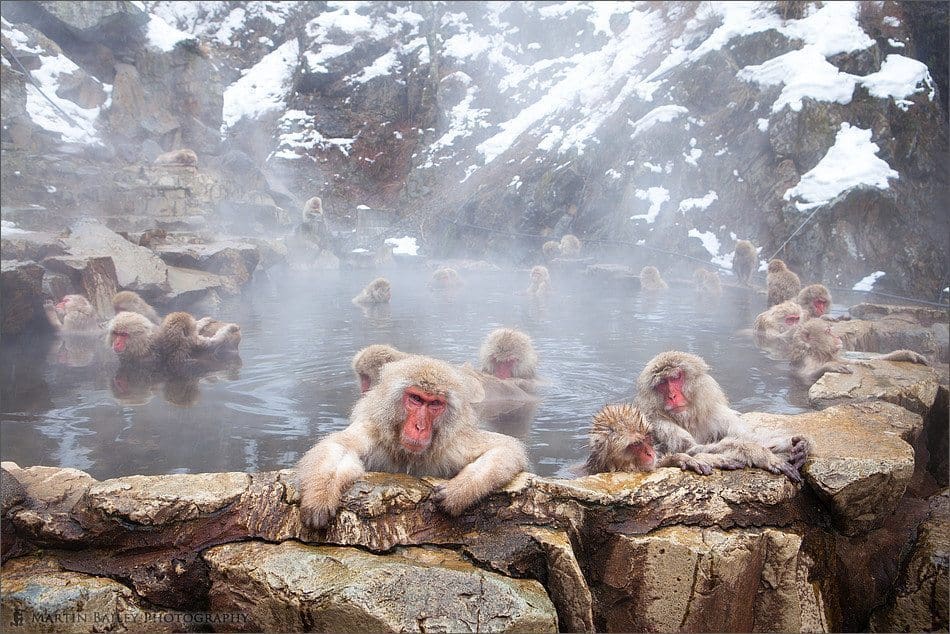
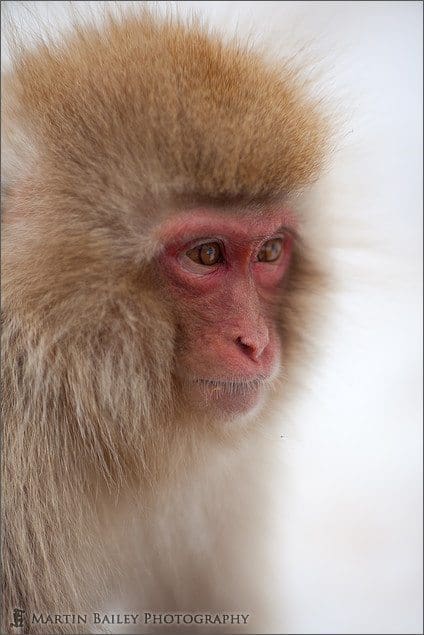
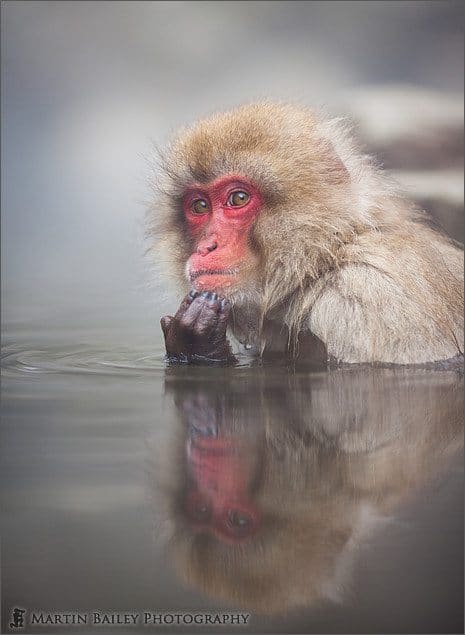
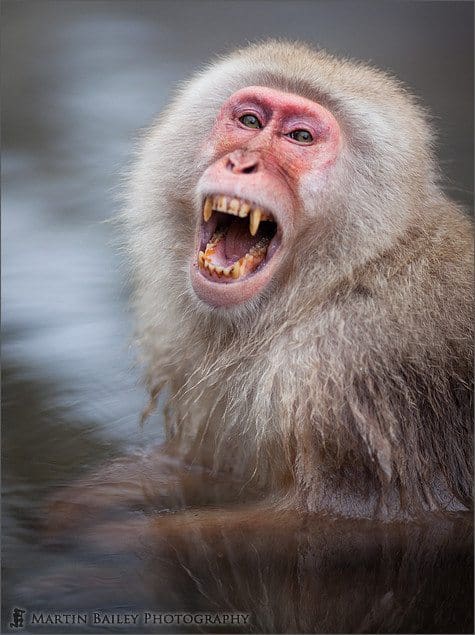
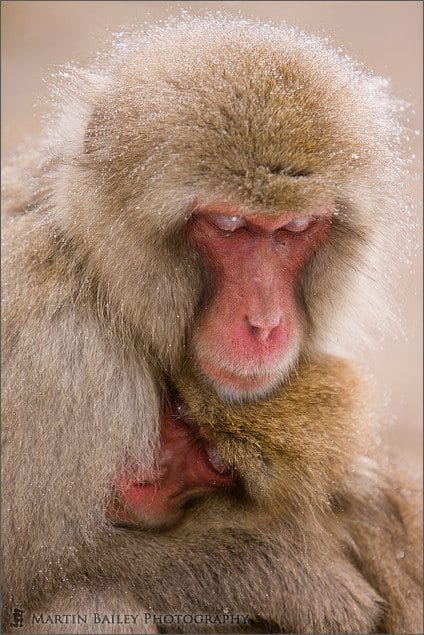

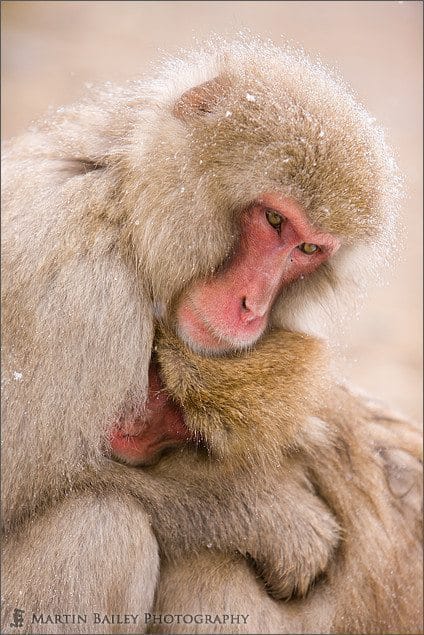
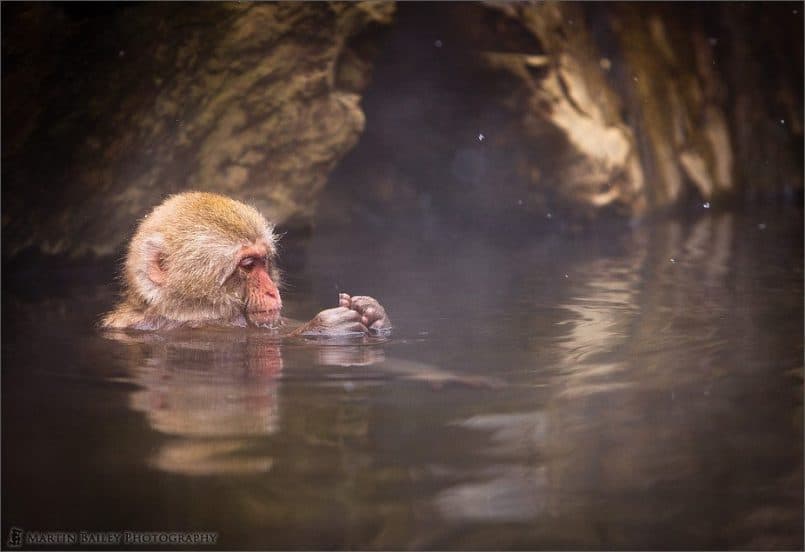
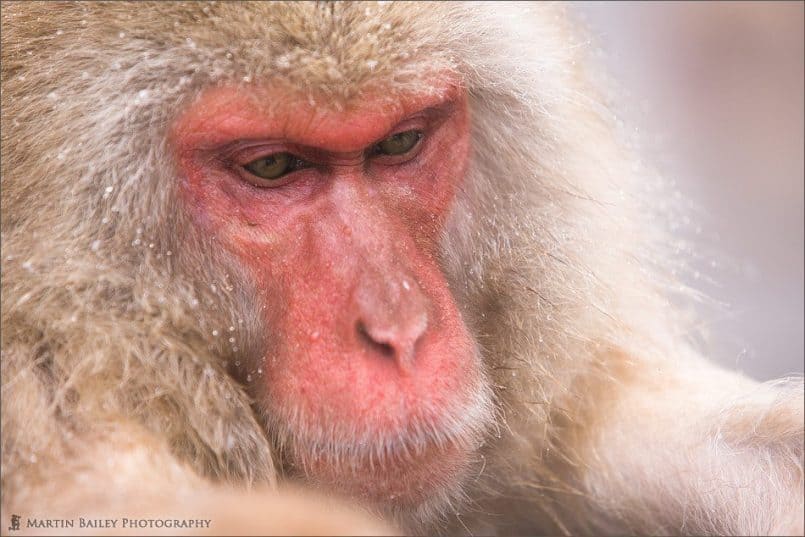
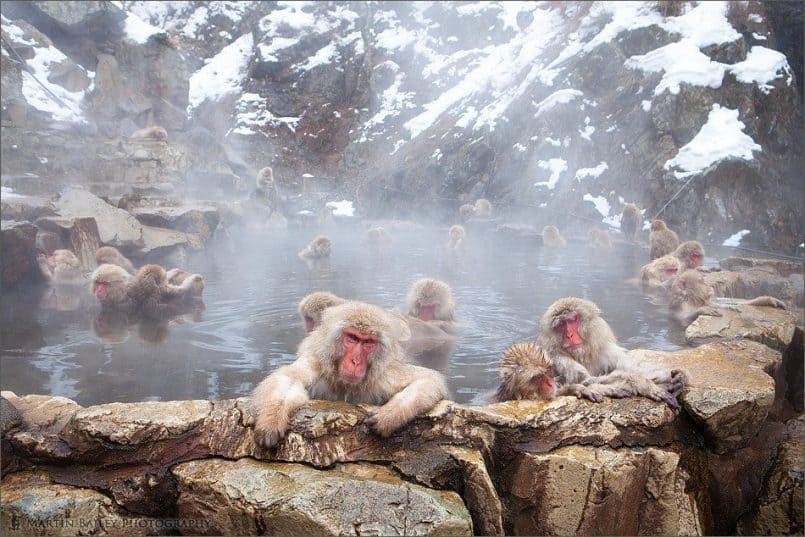
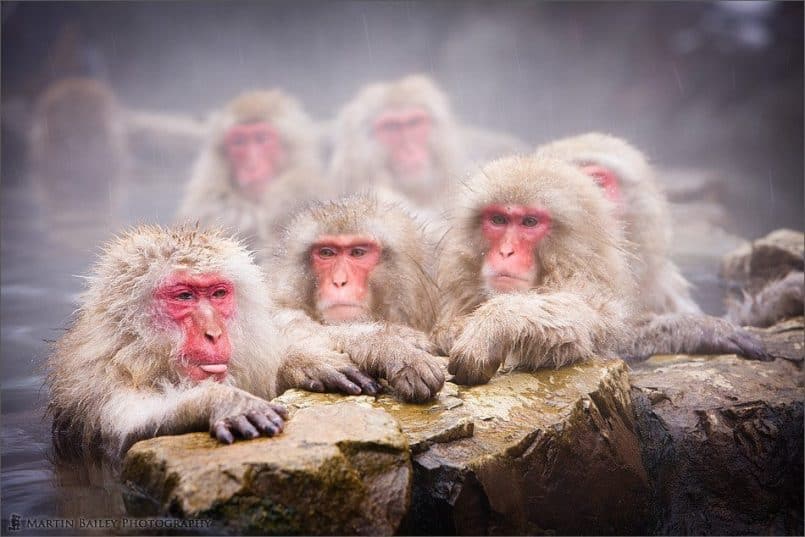
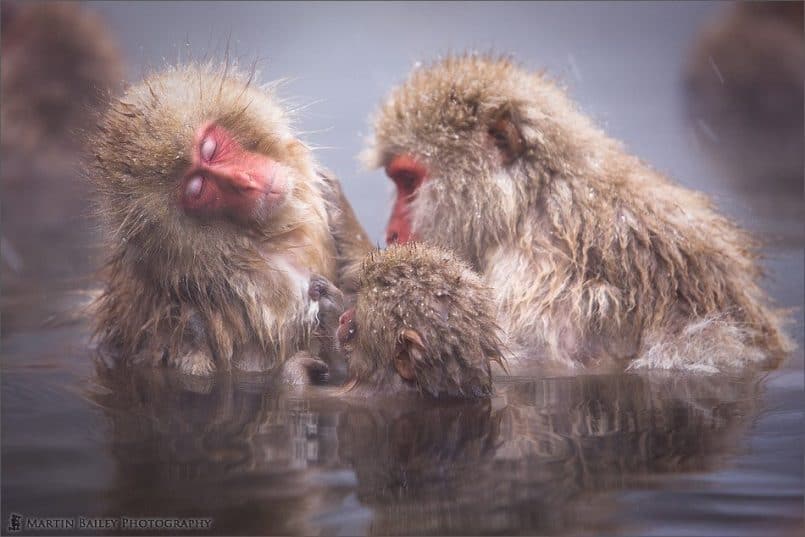







0 Comments